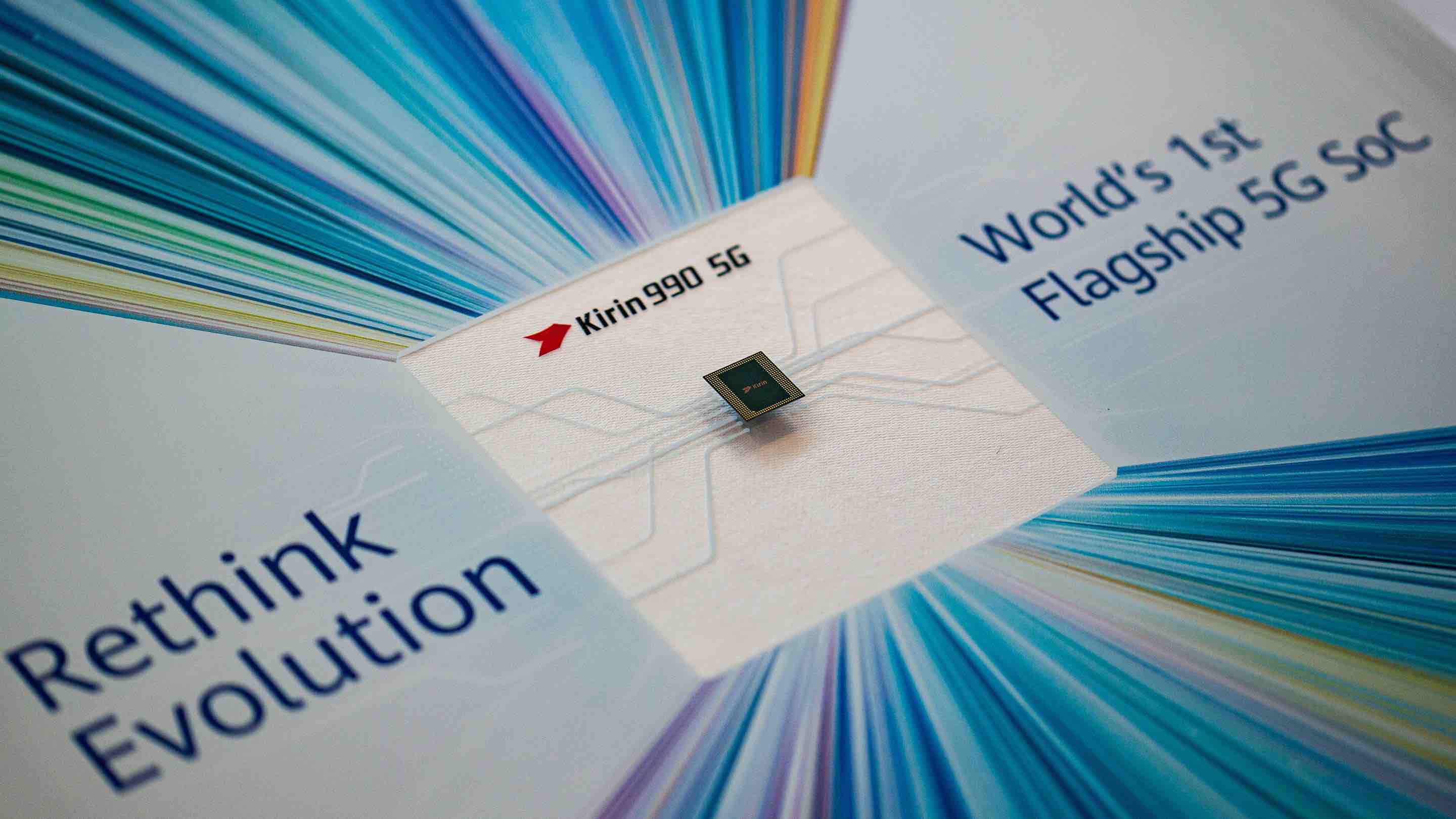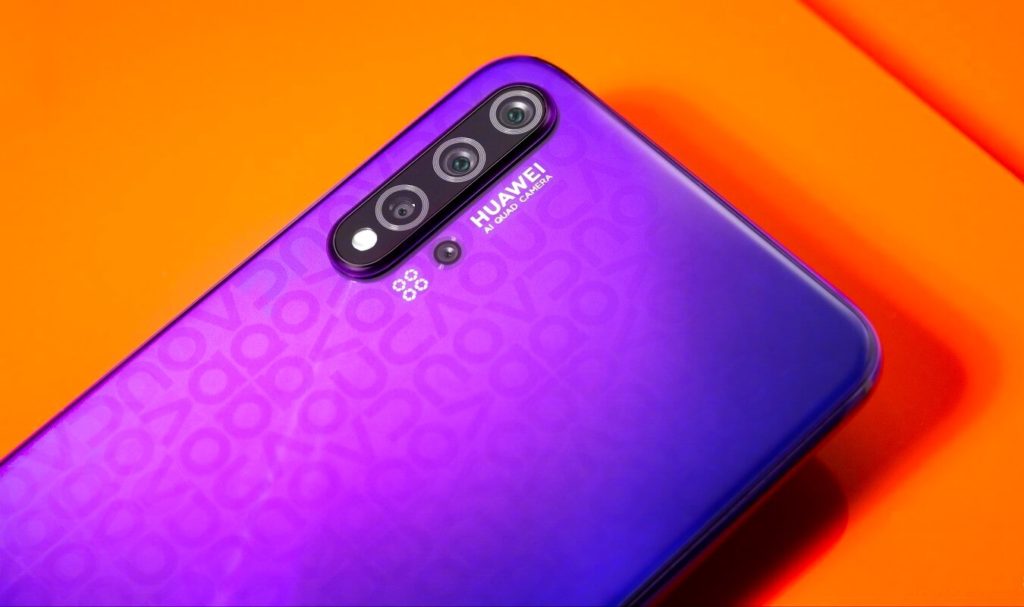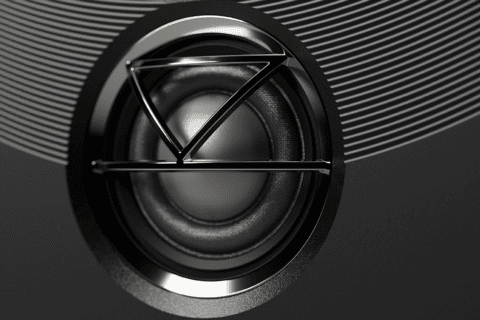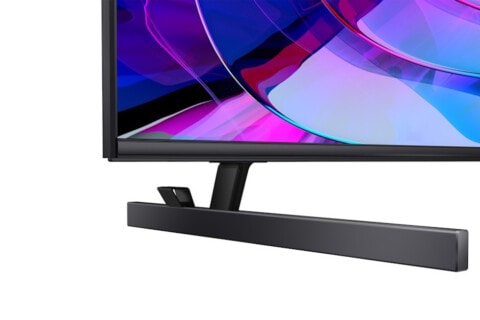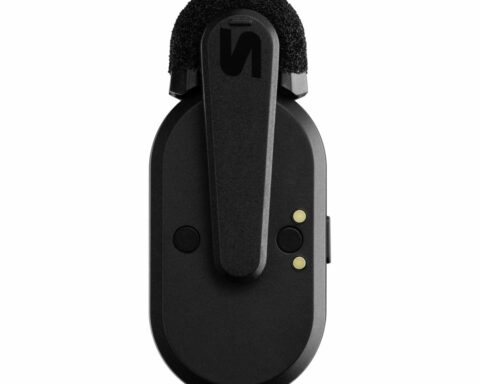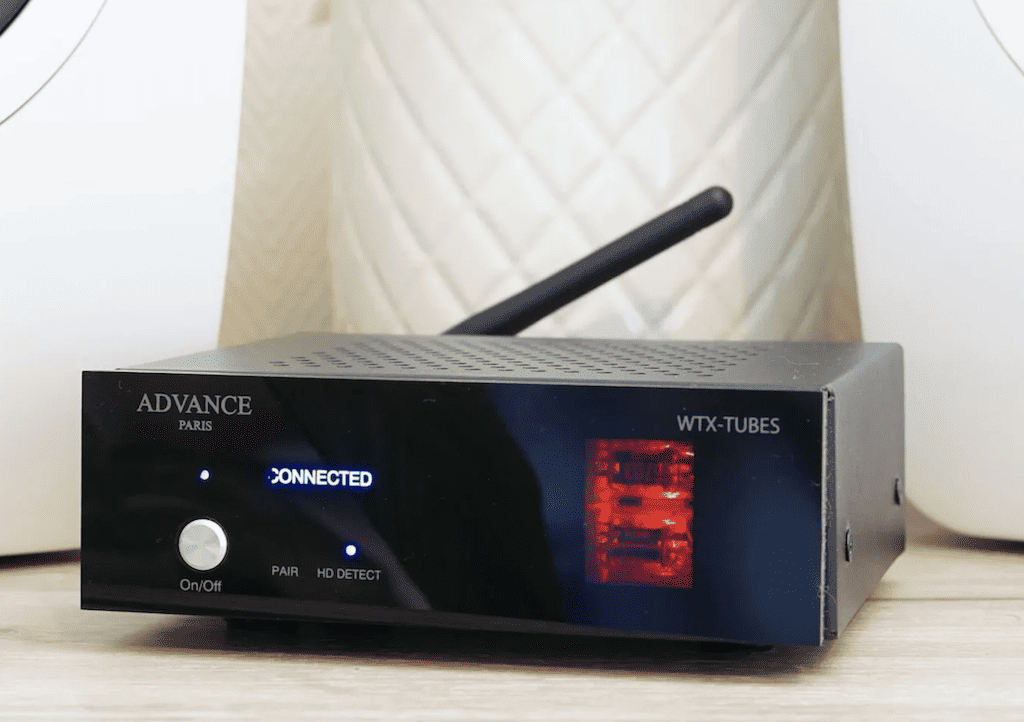PAT PILCHER travels to blighty with a killer smartphone in a mission to discover how fast 5G is and whether it lives up to the hype.
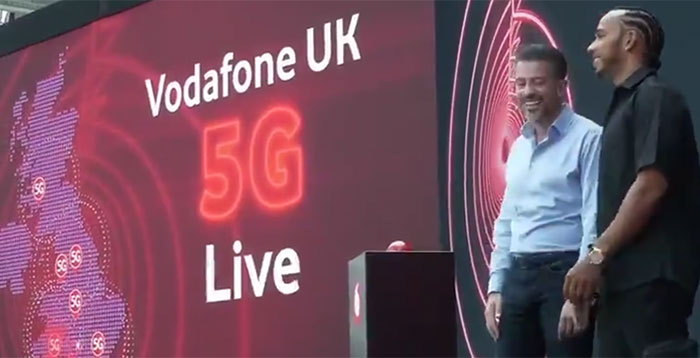
A lot of words have been written about how 5G will change the world and could possibly be the best thing since sliced bread, but what’s it like in real world situations?
With Vodafone’s 5G network soon to go live, I decided that I had to head to London to give our readers the skinny on the service.
I kitted myself out with Huawei’s 5G-capable Mate 20 X smartphone as well as a 5G compatible Vodafone UK SIM.
I’d given Huawei’s Mate 20 smartphone a 10/10, but the Mate 20 X’s honking 7.2-inch screen makes it the Godzilla of smartphones. You could call it a smartphone, but at 175 x 85 x 8.2mm and weighing in at 232g, I’d call it a small building with smartphone capabilities. Either way, it’s a gorgeous piece of hardware. Sure, it is mahoosive, but it’s also surprisingly slim and ergonomic. When you put it in your pocket, someone is bound to say, “Hey, is that a Mate 20 X in your pocket, or are you just pleased to see me?”
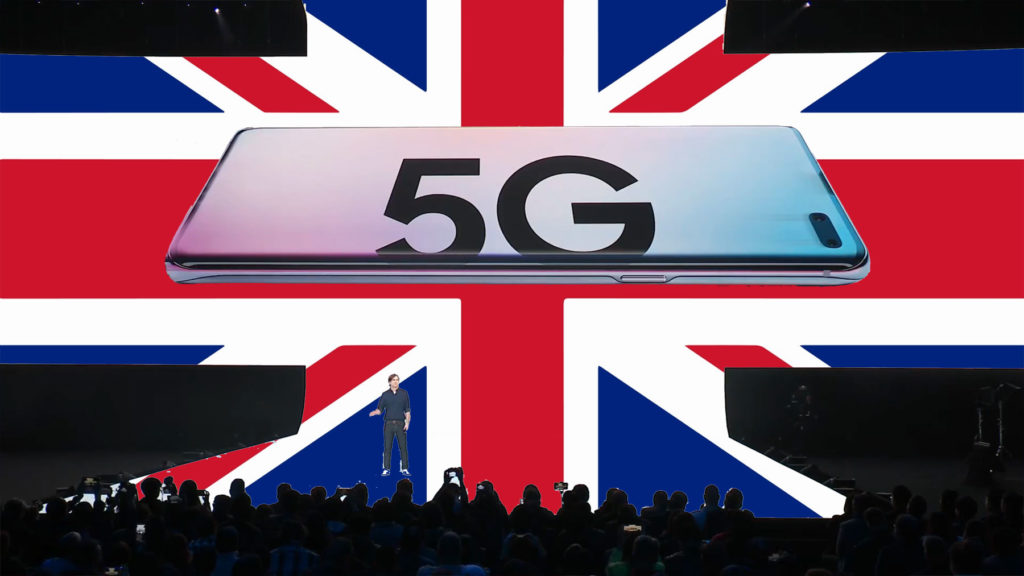
XXL size aside, there’s a near non-existent bezel around its screen, and the tiny dew-drop notch on the top makes it feel all-screen. The rear glass curves gently to slim chamfered edges, which makes for a comfy in-hand fit for extended bouts of surfing/calling. Like the Mate 20 range, the X has the same square camera module on its ample behind and the same textured glass finish. The Mate 20 X looks a lot like a Mate 20 that’s been given growth hormones and a 5G transplant.
But perhaps the biggest news with the Mate 20 X I was using was that it also packs Huawei’s latest silicon, the Kirin 990 under its hood, the world’s first full frequency 5G system on a chip. Huawei says that it offers superb performance and energy efficiency and that this is due to the use of 7NM manufacturing processes. For my purposes, it was perfect as it has an integrated 5G modem. Phones using the Kirin 990 can be smaller compared to phones with a separate 5G modem. With everything on one chip, there’s also the added benefit of lower power consumption, and with support for TDD/FDD, it’ll play nice with most 5G networks. It can (in theory) achieve peak downlink rates of 2.3 Gbps (!) and uplink peak rates of 1.25 Gbps.
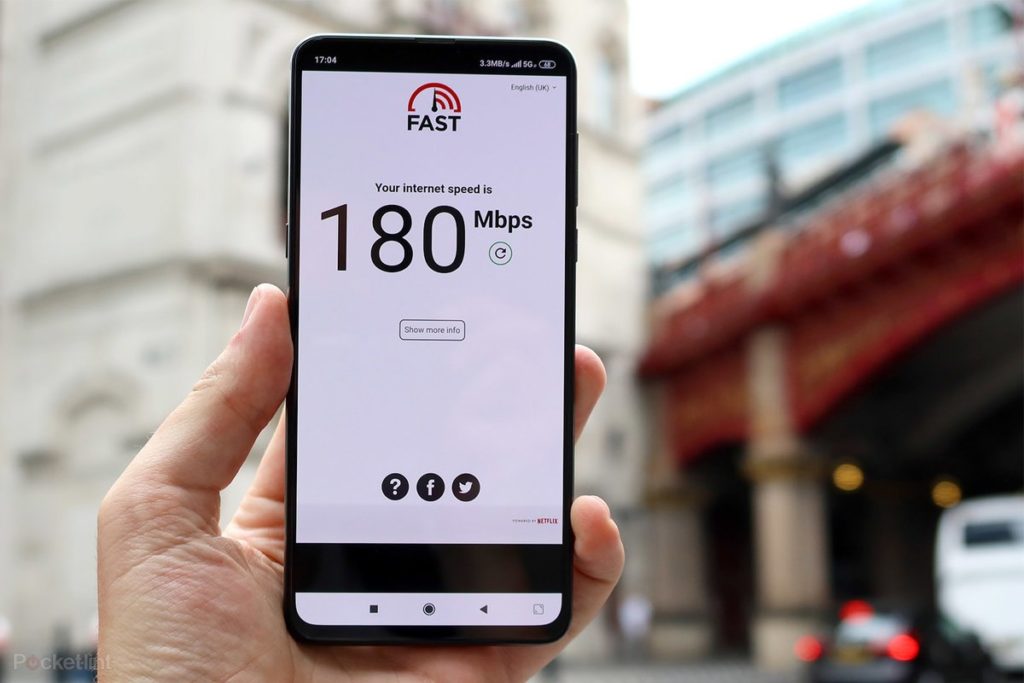
So, kitted out with a smoking hot 5G smartphone the size of a small building, I was curious to know if 5G was all that and a bag of soggy chips and haddock.
While the simple answer is an emphatic yes, the reality is that you’ll probably have to temper expectations. Having had more than a few telco company PR types talk up the wonders of 5G, I was looking forward to getting some gigabit goodness. In fact, I never hit gigabit speeds. That’s not to say that it’s impossible, but it required that I was in the right place at the right time. I wasn’t.
I spent some of my time in L-town connected to what Vodafone UK call 4G+, a 4.9G version of 4G (with racing stripes for added speed). It delivered data rates ranging from 40 to 80mbps and felt darned quick. Around busier locations I got 5G connectivity that clocked in at around 110 to 200Mbps. While that’s not the massive 1.3 to 1.5Gbps that we’re all expecting with 5G, it’s still many times faster than bog-standard 4G by a considerable margin.
More often than not, I got a consistent 180Mbps when in central London. It was speedy as hell and made Google’s recent AR update to Google Maps run like a cut cat.
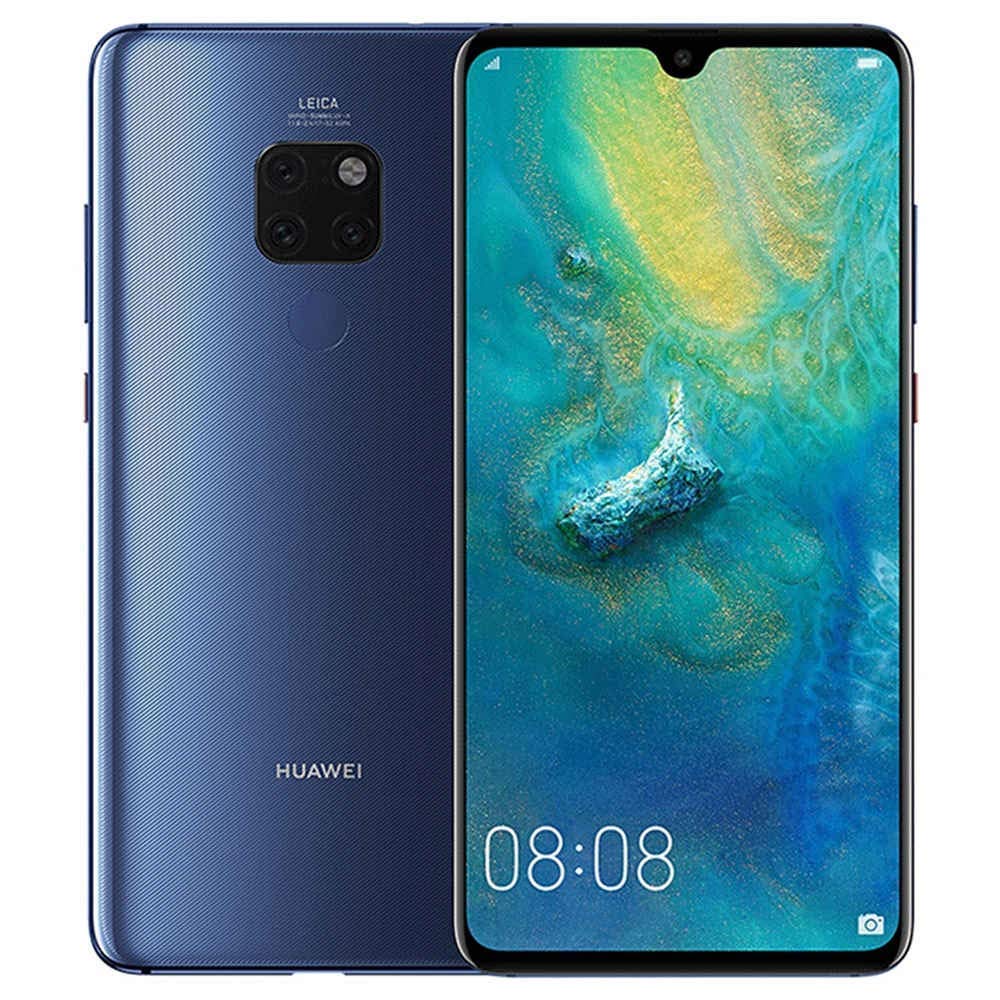 The speeds I recorded were in megabits per second (Mbps), not Megabytes per second (MB). Mbps are an eighth the speed of MBps. But here’s the thing: 60Mbps is easily fast enough to stream a 4k Amazon Prime show on my telly at home. Getting 2 to 4 times that on my smartphone is still verily cool.
The speeds I recorded were in megabits per second (Mbps), not Megabytes per second (MB). Mbps are an eighth the speed of MBps. But here’s the thing: 60Mbps is easily fast enough to stream a 4k Amazon Prime show on my telly at home. Getting 2 to 4 times that on my smartphone is still verily cool.
While the speeds I got on Vodafone’s UK network varied, there’s also a lot of parameters at play. Factors such as time-of-day and network loads all had an impact on test results. The network is also brand new and is still being optimised, which means that if anything, performance will improve over time.
In London, Vodafone has initially placed 5G cell sites around high-traffic areas. They say that they are planning to have 1000 5G cell sites live in 50 towns and cities by 2020. While I only tested 5G out in London, it’s also available in some 15 cities/towns including Bristol, Cardiff, Glasgow, Manchester, Liverpool and London plus a bunch of other places (such as Birkenhead, Blackpool, Bournemouth, Guildford, Newbury, Portsmouth, Plymouth, Reading, Southampton, Stoke-on-Trent, Warrington and Wolverhampton).
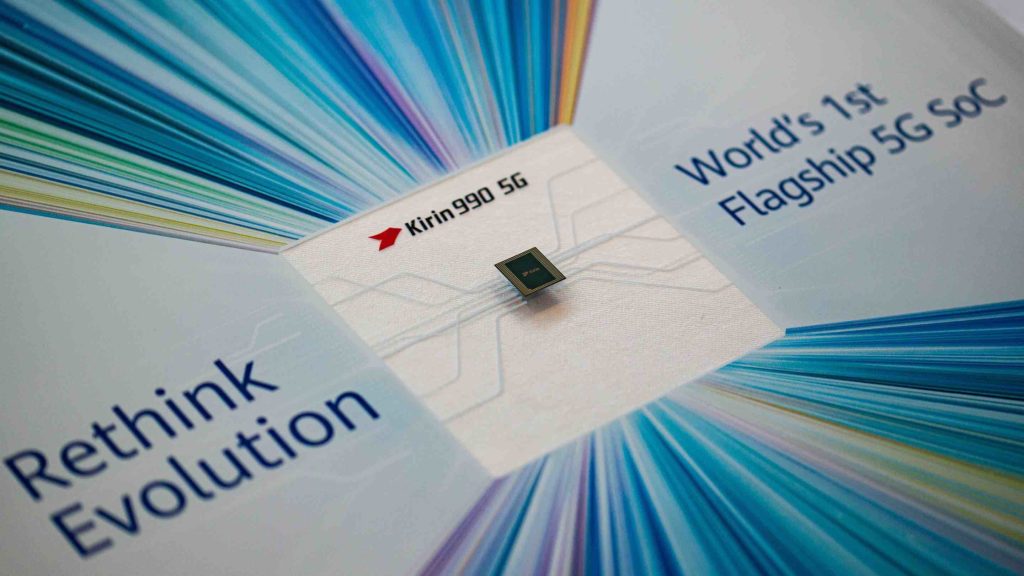
Based on my experiences in the UK, it’s probable that Vodafone New Zealand will initially launch 5G in major city centres, expanding outwards. Vodafone NZ has also committed to delivering what they call 4.9G – a super-fast version of 4G where 5G isn’t feasible.
With 200Mbps, I noticed that I was burning through an unholy amount of data. Because of this, the 5G plans on offer are critical. Vodafone UK offers several 5G plans, each with different data allowances and restrictions. Many are going to add 5G phones to their calling/data-plans. Checking in a Vodafone UK store revealed that a 5G phone and plan is £69 a month.
Price-conscious buyers can opt a plan costing £56 per month which limits downloads to 2Mbps. Another plan (£59 ) throttles downloads to 10Mbps. Buyers need to spend around £60 per month to get download speeds that aren’t restricted.
Given the price-sensitive nature of the NZ market, Vodafone will have their work cut out if they are to entice Kiwis over to 5G using similar plans to their UK counterpart. Either way, I can’t wait!

